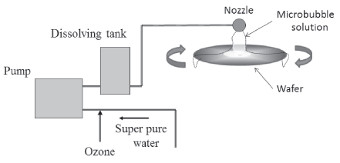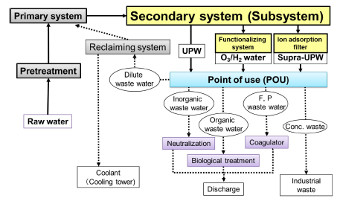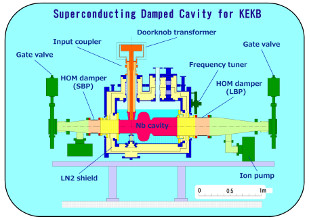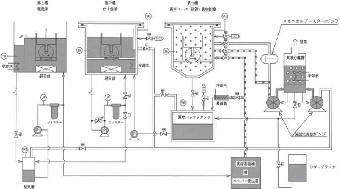Volume 61, Issue 2
Special Issue : Surface Cleaning Technology
Displaying 1-15 of 15 articles from this issue
- |<
- <
- 1
- >
- >|
Preface
-
Article type: Preface
2018 Volume 61 Issue 2 Pages 55
Published: February 10, 2018
Released on J-STAGE: February 10, 2018
Download PDF (521K)
Special Issue : Surface Cleaning Technology
-
Article type: Review
2018 Volume 61 Issue 2 Pages 56-63
Published: February 10, 2018
Released on J-STAGE: February 10, 2018
Download PDF (1382K) -
 Article type: Current Topics
Article type: Current Topics
2018 Volume 61 Issue 2 Pages 64-69
Published: February 10, 2018
Released on J-STAGE: February 10, 2018
-
Article type: Current Topics
2018 Volume 61 Issue 2 Pages 70-75
Published: February 10, 2018
Released on J-STAGE: February 10, 2018
Download PDF (5258K) -
Article type: Current Topics
2018 Volume 61 Issue 2 Pages 76-80
Published: February 10, 2018
Released on J-STAGE: February 10, 2018
Download PDF (3918K) -
Article type: Current Topics
2018 Volume 61 Issue 2 Pages 81-87
Published: February 10, 2018
Released on J-STAGE: February 10, 2018
Download PDF (3939K)
Planning Series
Surface Science and Vacuum Technology
-
Article type: Planning Series
2018 Volume 61 Issue 2 Pages 88-90
Published: February 10, 2018
Released on J-STAGE: February 10, 2018
Download PDF (701K)
Science Café
Research Abroad
-
Article type: Science Café
2018 Volume 61 Issue 2 Pages 91-92
Published: February 10, 2018
Released on J-STAGE: February 10, 2018
Download PDF (961K)
Conference Reports
-
Article type: Science Café
2018 Volume 61 Issue 2 Pages 93
Published: February 10, 2018
Released on J-STAGE: February 10, 2018
Download PDF (642K) -
Article type: Science Café
2018 Volume 61 Issue 2 Pages 94-97
Published: February 10, 2018
Released on J-STAGE: February 10, 2018
Download PDF (2817K) -
Article type: Science Café
2018 Volume 61 Issue 2 Pages 98-99
Published: February 10, 2018
Released on J-STAGE: February 10, 2018
Download PDF (1119K) -
Article type: Science Café
2018 Volume 61 Issue 2 Pages 100-101
Published: February 10, 2018
Released on J-STAGE: February 10, 2018
Download PDF (830K) -
Article type: Science Café
2018 Volume 61 Issue 2 Pages 102
Published: February 10, 2018
Released on J-STAGE: February 10, 2018
Download PDF (313K) -
Article type: Science Café
2018 Volume 61 Issue 2 Pages 103-104
Published: February 10, 2018
Released on J-STAGE: February 10, 2018
Download PDF (890K)
News & Trends
-
Article type: News & Trends
2018 Volume 61 Issue 2 Pages 105
Published: February 10, 2018
Released on J-STAGE: February 10, 2018
Download PDF (305K)
- |<
- <
- 1
- >
- >|





